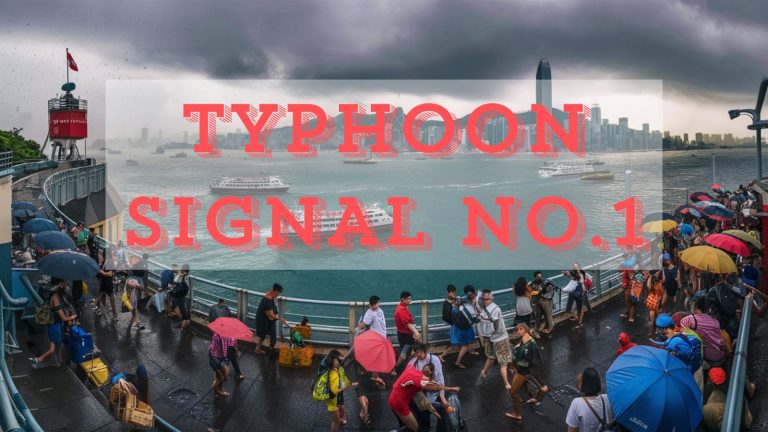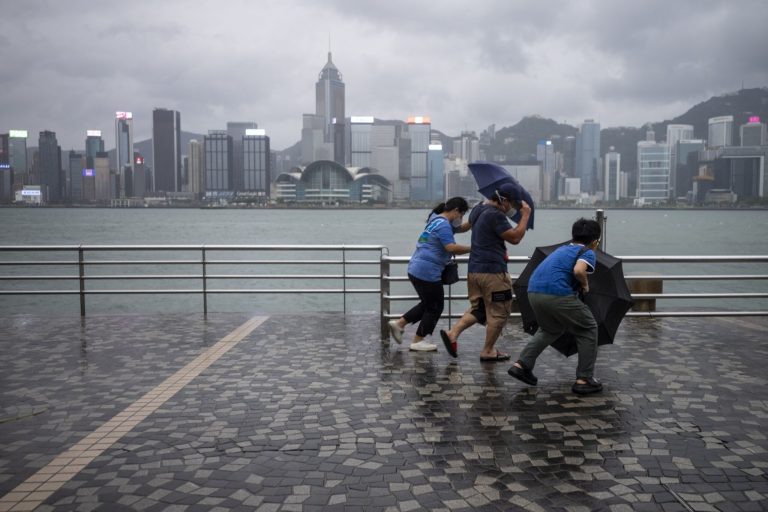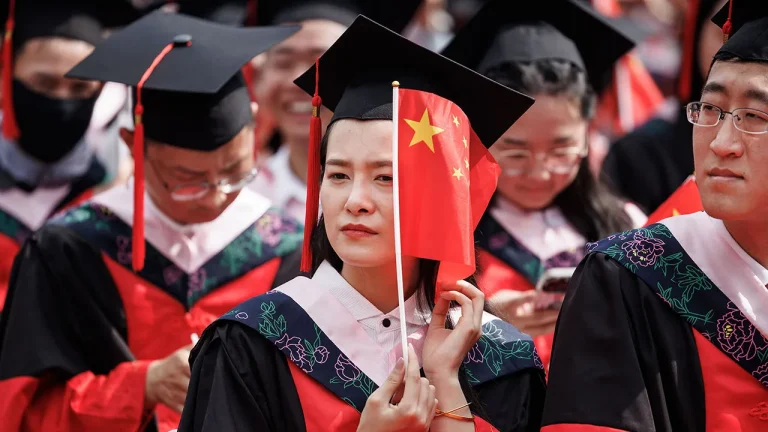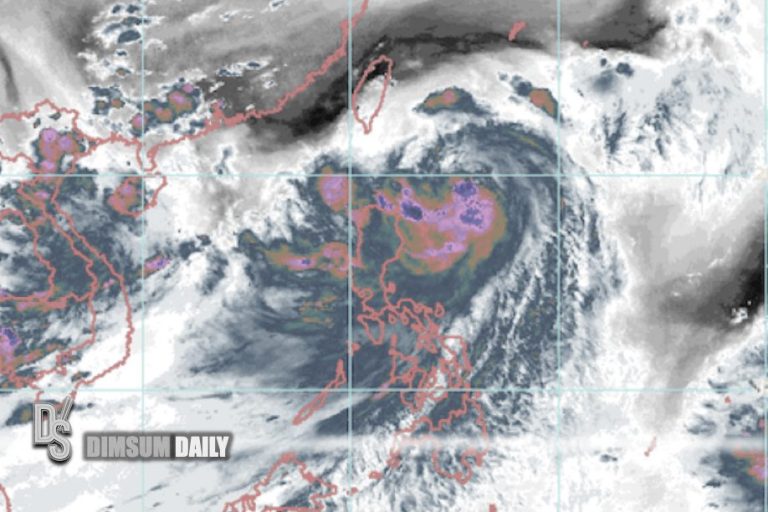Regional Health Authorities Unite to Combat Chikungunya Fever Outbreak
In a proactive response to a growing public health challenge, health authorities in Guangdong, Hong Kong, and Macao have joined forces to address the recent surge of Chikungunya fever (CF), a mosquito-borne disease that has raised concerns across the region.

The outbreak first came to light on July 22, 2025, when the Centre for Health Protection (CHP) reported significant case numbers in Foshan, Guangdong Province. As of July 20, 2025, Foshan had documented 2,285 confirmed CF cases, primarily concentrated in Shunde District. Fortunately, all cases were classified as mild, with no severe or fatal outcomes reported.
Macao reported its first case of the year on July 18, 2025, which was identified as an imported case linked to travel in Shunde. While Hong Kong has not yet recorded any confirmed CF cases this year, health officials remain vigilant. The potential for imported cases and local transmission remains high, driven by factors such as increased summer travel, rising temperatures, and rainfall that create ideal conditions for mosquito breeding.
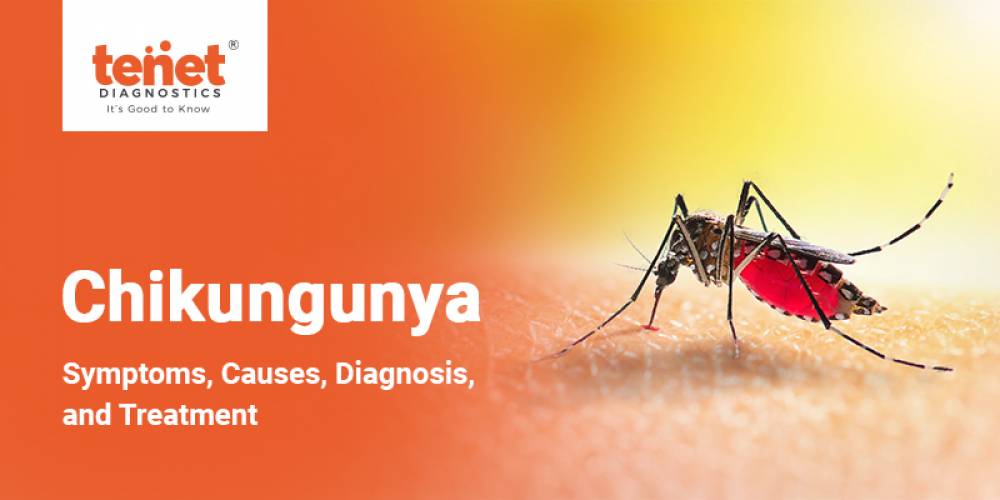
The collaborative approach between these regional health authorities represents a sophisticated strategy for disease prevention. They have established a robust communication mechanism that enables rapid information sharing through a dedicated disease notification system. This allows health officials to stay continuously updated on emerging health risks across neighboring regions.
Chikungunya fever presents symptoms similar to dengue fever, including fever, joint pain, muscle pain, headache, nausea, fatigue, and rash. While most patients recover independently, some individuals may experience persistent joint pain that can last months or even years. Globally, the disease has been reported in over 110 countries, with more than 220,000 cases recorded across 14 countries as of early June 2025.
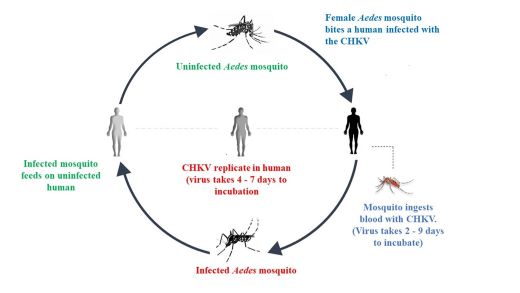
To mitigate risks, Hong Kong’s health authorities have implemented comprehensive preventive measures. The Port Health Division has intensified boundary control point inspections, conducting temperature screenings for inbound travelers and maintaining strict environmental hygiene standards. Healthcare professionals have been alerted to prioritize early identification and management of potential cases.
Public health education has also been a key focus, with the Department of Health promoting awareness about mosquito-borne disease prevention through various online and offline channels. An interdepartmental Pest Control Steering Committee is scheduled to meet on July 23, 2025, to review mosquito proliferation and plan future anti-mosquito initiatives.
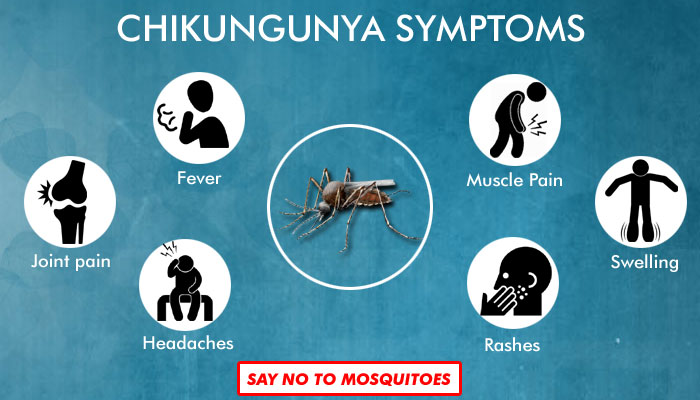
Historical data provides context for the current situation. Between 2016 and 2019, Hong Kong recorded between 1 to 11 annual CF cases, all of which were imported. No cases were recorded between 2020 and early 2025, making the current outbreak particularly noteworthy.
The collaborative efforts highlight the importance of regional cooperation in managing public health challenges. By sharing information, coordinating response strategies, and maintaining open communication, Guangdong, Hong Kong, and Macao demonstrate a unified approach to protecting public health.
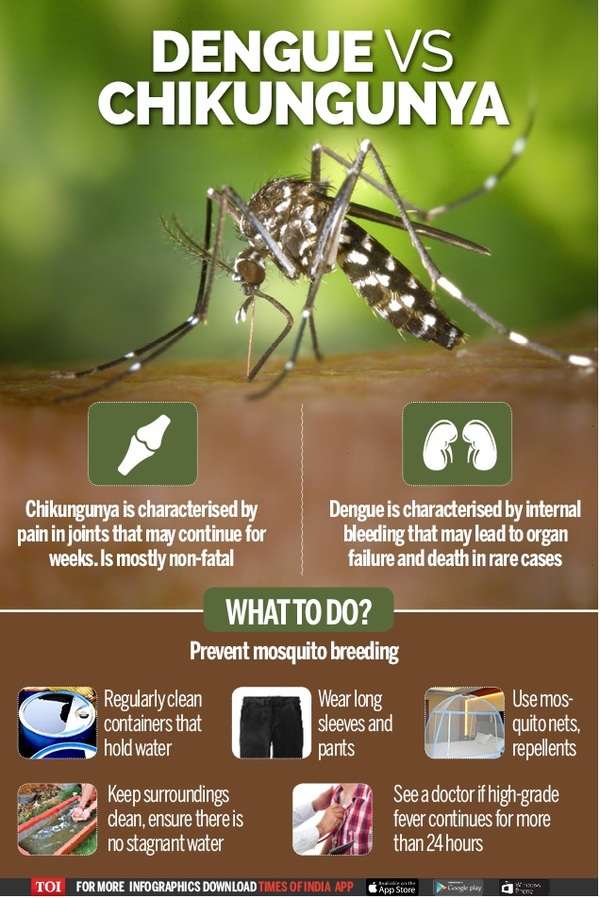
For residents and travelers, the key takeaway is the importance of personal protection. Simple measures like using mosquito repellent, wearing protective clothing, and staying informed about local health advisories can significantly reduce the risk of contracting mosquito-borne diseases.
As summer travel increases and environmental conditions remain favorable for mosquito breeding, continued vigilance and cooperation will be crucial in preventing the spread of Chikungunya fever across the region.

